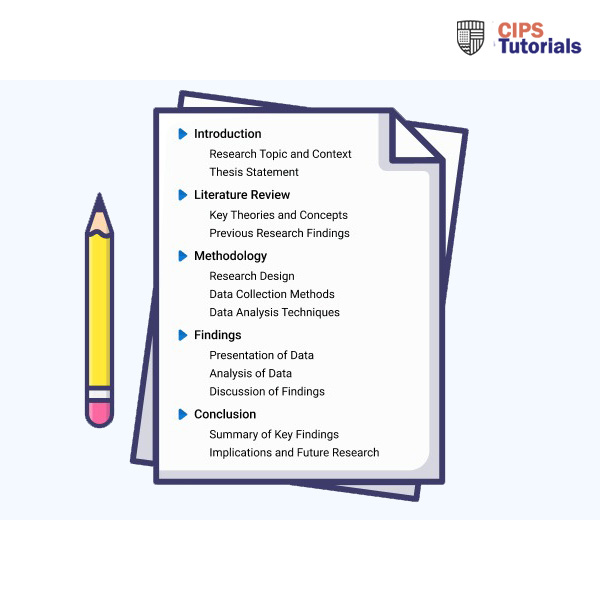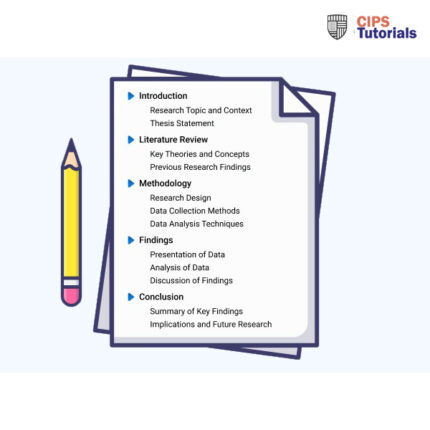Solution
Executive Summary
In the modern highly competitive business environment, PS&M plays a critical role for success of organisations. In this regard, this report has focused on evaluating best practice in assisting a personnel with roles in procurement and supply to develop capability to achieve value-for money outcomes with the supply chain. Further, the entire personnel linked with procurement and supply impact on success of organisation through a series of initiatives. These include effective purchasing, inventory control, expenditure management and application of strategic procurement and supply techniques with category management and strategic sourcing. Through the application of different tools including 4Rs, Mendelow, Ansoff Matrix among others and best practice in Ericsson organisation, these areas have been evaluated in-depth. From the evaluation provided in this report, the findings demonstrate that it is important for PS&M professionals to continuously develop their capabilities to achieve value for money outcomes in their supply chain. This is while executing different functions for positive input to their organisation success.
Further, as part of this report, various recommendations have been suggested. These include the need for embracing technology to enhance how the relationship with all stakeholders is pursued and also putting in place appropriate systems for increasing value for money outcomes in times of uncertainties. Also, the need for consistently improving the scope of engagement for improving consistency in value for money outcomes, fair-based practice and innovation embrace has been recommended in this report.
Table of Contents
1.1 Organisation Background. 3
2.0 Development of capabilities for achieving value for money outcomes within the supply chain. 4
2.1 Analysis of Organisation Stakeholders. 4
2.2 Capability for Creating Value for Money. 8
2.3.1 Supplier Preferencing Matrix. 9
2.3 Cost Management by Procurement and Supply Management Teams. 10
3.0 Practice role in Positive Contribution to Organisational Success. 14
3.1 Supply chain management influence and contribution to business strategy. 14
3.2 Leading methodologies for achieving lean and agile supply chains. 16
4.0 Conclusion and Recommendations. 17
Figure 1:5 Rights as Business Priorities. 5
Figure 2:Mendelow Stakeholder Matrix. 7
Figure 3:Triple Bottom Line Model 9
Figure 4:Supplier preferencing matrix. 10
Figure 5:Areas of Improvement as part of PS&M capability. 11
Figure 6:Kraljic Matrix Analysis Summary. 12
Figure 7:Ansoff Matrix factors. 15
Figure 8:Porters Generic Strategy. 17
Table 1:Aggregation/Consolidation Approach for Capability. 13
1.0 Introduction
As part of improving the role of procurement and supply within the organisation, possessing appropriate capabilities is essential. These capabilities are important for achievement of value-for-money outcomes in the supply chain. As evidenced in CIPS (2018), value for money outcomes in procurement is attained through various tools and techniques which include stakeholders involvement, market-based research, specification, sourcing approach, whole-life costing, cost-benefit analysis, risk analysis, contract management and performance review. All these represent potential areas of developing capabilities for achieving value for money outcomes within the supply chain. Further, in an organisation, CIPS (2020) procurement and supply management teams are mandated with a role of managing different phases of procurement cycle. The critical phases for organisation success include market analysis, sourcing strategy, negotiations, contracting and supplier relationship management. Organisation success is achieved through adding value and reducing risks in the entire supply chain through developing appropriate working relations with suppliers. In line with this background information, this report intend to evaluate the extent in which individual capabilities are developed for achieving value for money outcomes within the supply chain. Also, the different practices which contribute to positive input to organisation success by procurement and supply teams has been evaluated.
1.1 Organisation Background
In this report, Ericsson has been used as the case study organisation. Started in 1876, the organisation is identified as a world leader in significantly changing environment of communications technology through provision of hardware, software and services for enabling a full value of connectivity (Ericsson, 2023a). This organisation vision and mission is setting out the power of mobile connectivity for delivering positive change with the organisation role playing a core role in shaping change for creating a better world. In particular, for the Saudi Arabia subsidiary, they operates through development of connections which establishing unimaginable possibility and assisting in shaping an exciting and positive future (Ericsson, 2023a). The success of the organisation is partly informed by the efforts by their procurement and supply management (PS&M) tasked with a responsibility of optimising efficiency and delivering optimum value for their clients. The department successfully initiate and nurture relations with their partners and suppliers. The outcome of this is handling an upward of 20,000 internationally with the supplied products and services accounting for a large proportion of their customers deliveries.
2.0 Development of capabilities for achieving value for money outcomes within the supply chain
2.1 Analysis of Organisation Stakeholders
Please click the following icon to access this assessment in full

